Classified as plant pigments, flavonoids are an amazing range of over 6, 000 different substances that are found in almost all plants and are responsible for their coloring in shades of yellow, orange and red. Many different chemical groups of substances can be found in flavonoids.
These groups include flavanols, dihydroflavonols, flavones, isoflavones, anthocyanins and anthocyanins. Some flavonoids are named after the plants that contain them. For example, ginkgetin is a flavonoid from the ginkgo tree, and tangeretin is a flavonoid from tangerine.
Flavonoids are best known for their antioxidant properties. They are widely distributed in plants. They are responsible for their different color and protection against the attack of various insects. However, ingested by humans, they have a number of useful properties - anti-inflammatory, anti-cancer, antiviral and anti-allergic. The invaluable benefits and functions of flavonoids will be discussed in the following article.
Functions of flavonoids
Protection of cellular structures - most flavonoids function in the human body as antioxidants. In this capacity, they help neutralize overreactive oxygen-containing molecules and prevent cell damage from these molecules.
Supports vitamin C action - each ingredient in both flavonoids and vitamin C enhances the antioxidant activity of the other.
Control of inflammatory processes - prevention of
excessive inflammation is a key role of flavonoids.
Antibiotic action - in some cases, flavonoids can act directly as antibiotics by inhibiting the functioning of microorganisms such as viruses or bacteria.
Indicators of flavonoid deficiency can be nosebleeds, excessive bruising, swelling after trauma, hemorrhoids, etc. A generally weakened immune function, as evidenced by frequent colds or infections, can also be a sign of insufficient dietary intake of flavonoids. Even at very high levels of flavonoid intake (for example 140 grams per day) it does not cause unwanted side effects.
Temperature, degree of acidity (pH) and degree of food processing significantly affects the content of flavonoids in the food we eat.
Types of flavonoids
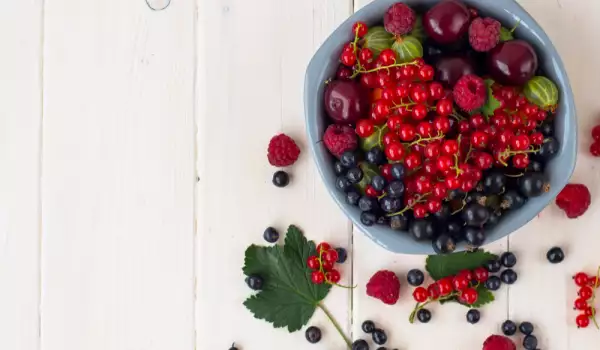
Flavonoids are many in number, but the most common are three. These are:
- Epicatechin - found most often in cocoa, but can also be found in wine and green tea. This flavonoid is considered the most important. Studies with it are related to a person's cardiac health. It has a very strong antioxidant effect, as it not only reacts with free radicals, but has the whole breakdown and disposal of them from the body;
- Quercetin - it is widespread, found in almost all sources of flavonoids, but most in citrus fruits. It is considered the most active flavonoid, which also has an anti-inflammatory effect. It has a strong activating antioxidant effect and at the same time acts as a protection of vitamin C in the body. It is credited with anti-cancer and anti-diabetic powers;
- Proanthocyanidins - find very wide application in medicine. They are found in fruits such as strawberries, blackberries and blueberries. In addition to the usual antioxidant effect of flavonoids, they have the ability to increase the levels of vitamin C in the body. They strengthen the blood vessels and help against blood clotting. This group of flavonoids has the ability to stop the breakdown of collagen.
Benefits of flavonoids
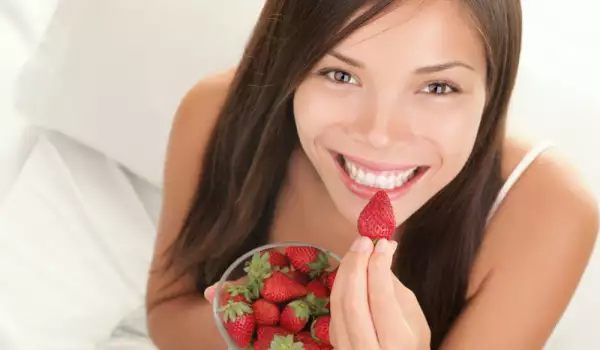
Flavonoids play a role in the prevention and/or treatment of the following diseases: allergy, asthma, atopic dermatitis, cataracts, diabetes, gout, hemorrhoids, macular degeneration, migraine, gastric ulcer, varicose veins, etc.
The most popular flavonoid substitutes are citrus flavonoids such as quercetin, rutin and hesperidin.
Numerous studies prove that flavonoids are extremely beneficial in terms of cardiovascular health. They are believed to protect against cancer, dementia and high blood pressure. A link has been found between the consumption of foods with flavonoids and Parkinson's disease.
Flavonoids have very pronounced anti-inflammatory properties, improve the health of blood vessels and protect against heart attacks. They reduce the damage caused by excessive smoking and consumption of alcoholic beverages.
They slow down the aging processes in the body, improve the health of the skin and help the formation of valuable collagen. Foods with flavonoids are excellent foods not only for good health, but also for beauty. Their regular consumption rejuvenates and beautifies, charges the body with valuable antioxidants and ingredients that fight against a number of diseases.
Daily intake of flavonoids
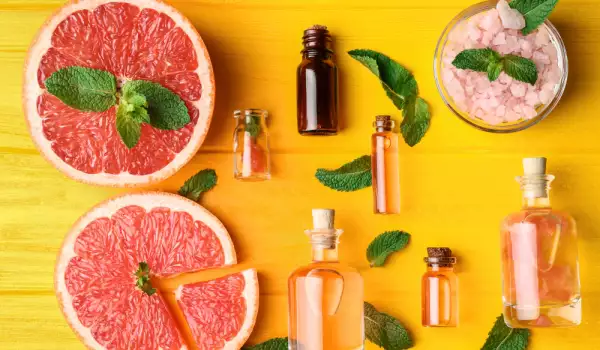
Nutritionists believe that even the most well-fed person needs 1, 000 to 3, 000 mg of citrus flavonoids daily. Flavonoids are absorbed best when taken with vitamin C, and they, in turn, improve its absorption by the body. Grapefruit extract contains 19.37 mg of flavonoids and 100 mg of vitamin C in 100 ml, which is why it is the ideal source of these substances.
Flavonoid deficiency
An indicator of insufficient intake of flavonoids with food is rapid fatigue and a feeling of general weakness. Symptoms for this can be nosebleeds, easy bruising and swelling after experiencing trauma. Bleeding gums when brushing your teeth can also be a symptom of flavonoid deficiency. Frequent infections or colds are an indication of a weakened immune system.
Flavonoid overdose
If you overdo it with your fruit and vegetable intake, don't worry. They are mildly toxic and serious side effects are unlikely to occur. Even in very high amounts, flavonoids have not been found to cause adverse reactions.
Sources of flavonoids
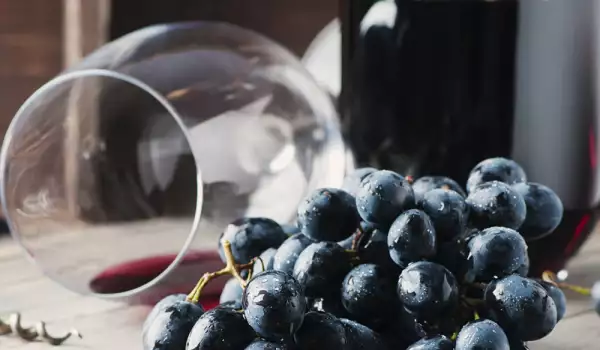
Virtually all fruits, vegetables, herbs and spices contain flavonoids. They can also be found in other types of food, including beans, where they give the beans their red, black, and spotted colors. Berries contain the most flavonoids and especially anthocyanin. The highest concentration of flavonoids is in the most colorful component of the fruit, namely their peel. The richest sources of flavonoids are considered to be:
- Citrus fruits - the richest source of flavonoids among all others. They contain quercetin, rutin, tangeritin, hesperidin, as well as a number of other, but less pronounced ingredients. Citrus fruits increase the intake of vitamin C, protect the veins and provide protection against some types of viruses;
- Small fruits - this includes blackcurrants, blueberries, raspberries, strawberries, blackberries. They contain a full range of flavonoids, but in the highest amounts of proanthocyanidins and quercetin. There are a number of known beneficial properties of these small fruits;
- Tea - green and black tea are very rich in antioxidant flavonoids. They have a beneficial effect on both health and the human circulatory system. The most prominent ingredients in them are kaempferol and epicatechins. Unfortunately, however, the heat treatment to which the tea is subjected significantly reduces the activity of these very useful ingredients;
- Cocoa - extremely rich in flavonoids. It has a highly pronounced beneficial effect on the circulatory system. Unfortunately, its beneficial properties are limited only to the cocoa fruit. Chocolate is made from extracted fat from the cocoa fruit, and the flavonoids are released for the distinctly bitter taste. Consuming chocolate, even dark, is not the same as cocoa;
- Wine - the skin of the grape is extremely rich in flavonoids, especially malvidin and epicatechin. Since the fermentation process of red wine is close to the extraction and storage of flavonoids, it is also considered to be very rich in these beneficial substances.
In their natural form, flavonoids should be a desirable ingredient on every menu. They are extremely beneficial and have no known side effects. Therefore, their consumption is a mandatory condition for health and longevity.
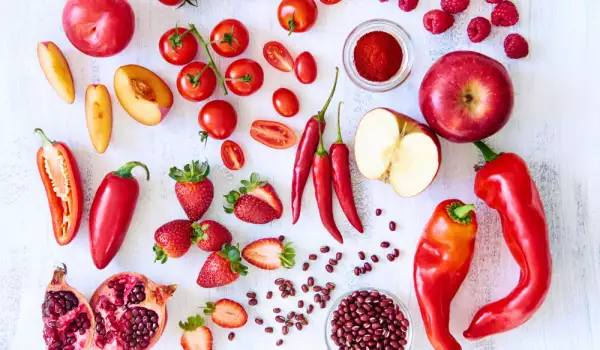

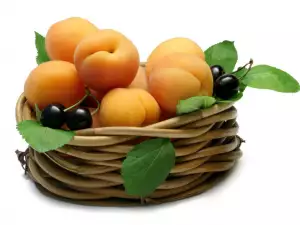
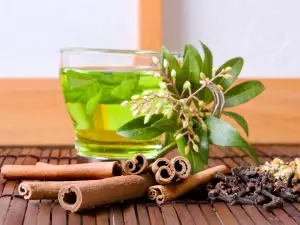
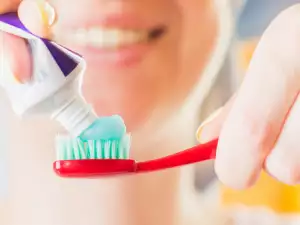
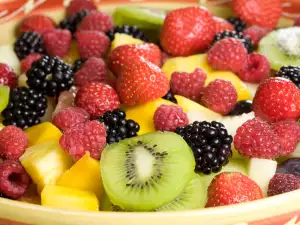
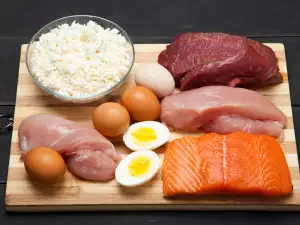
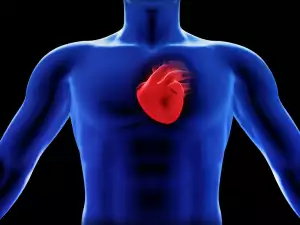

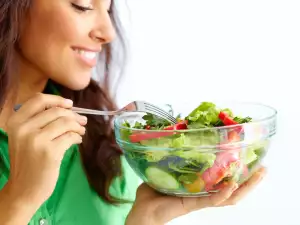

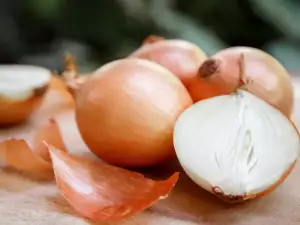
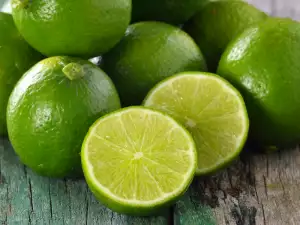
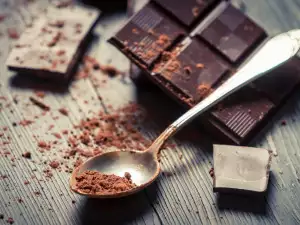


Comments